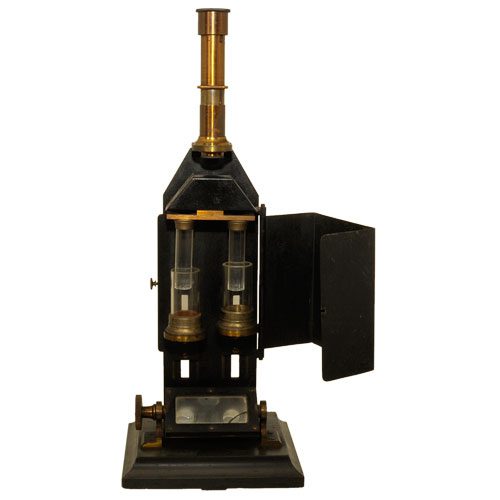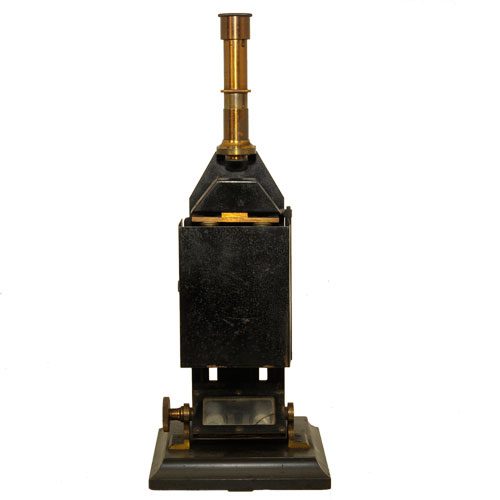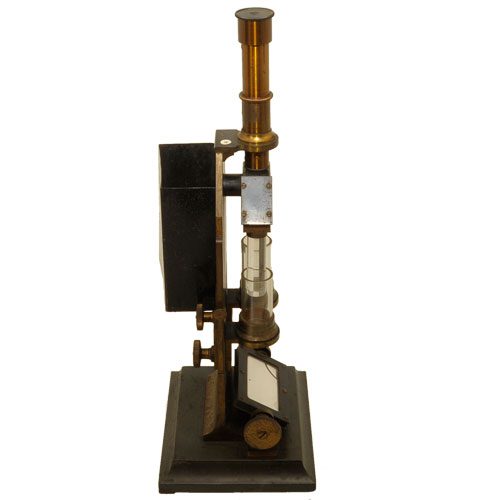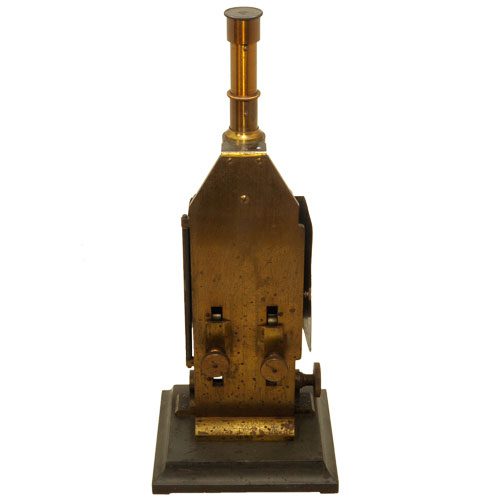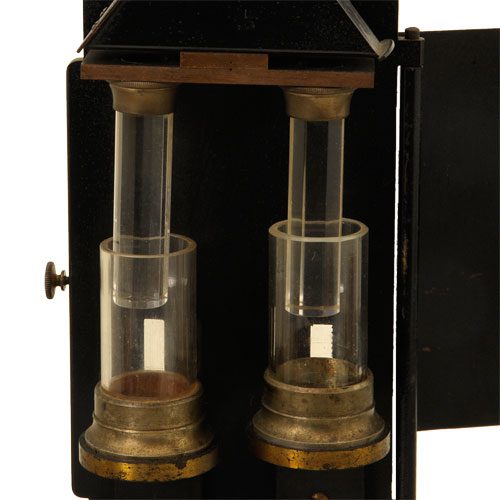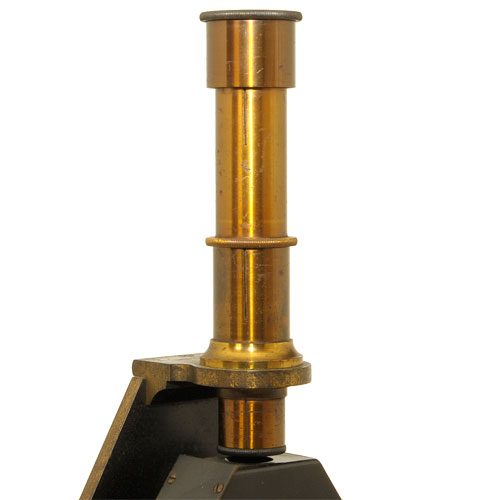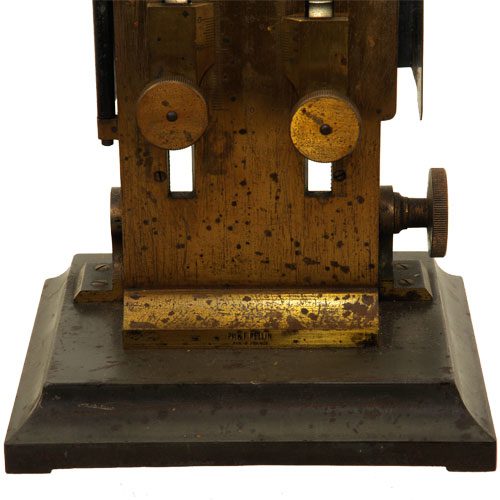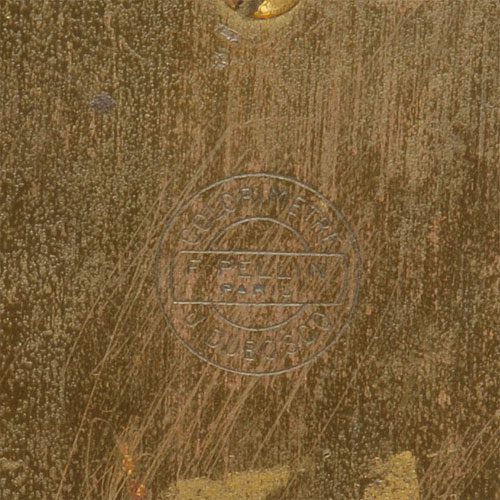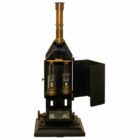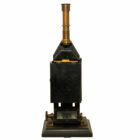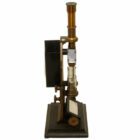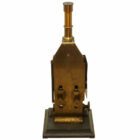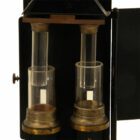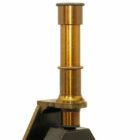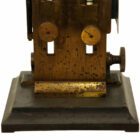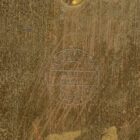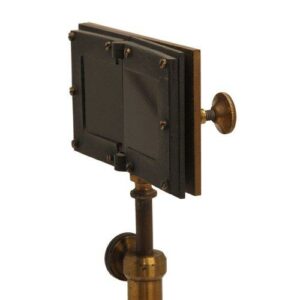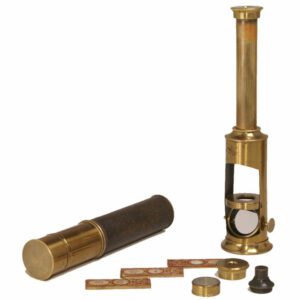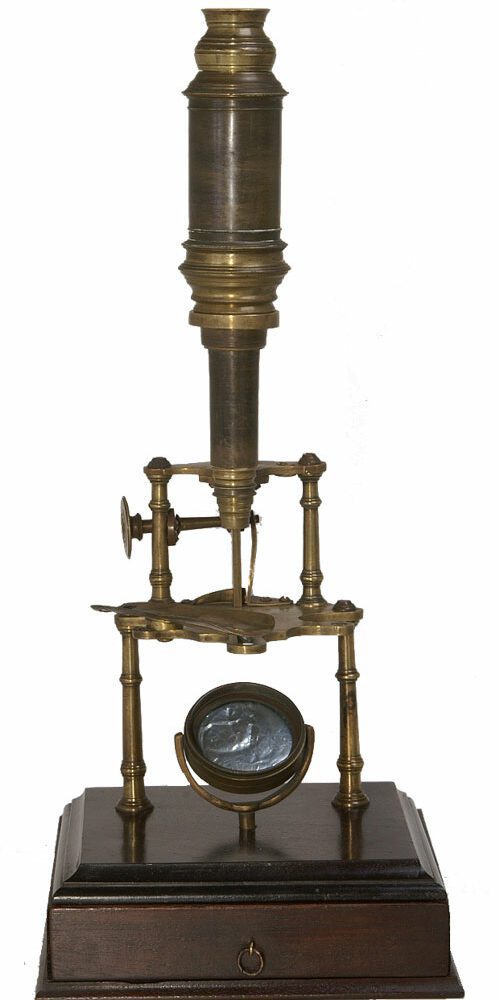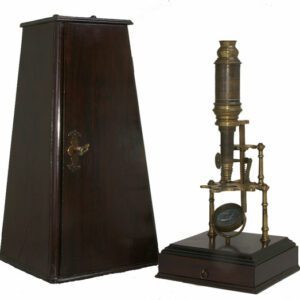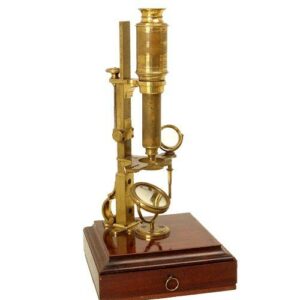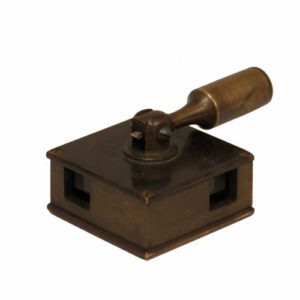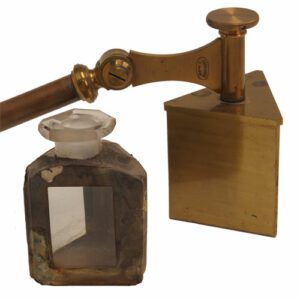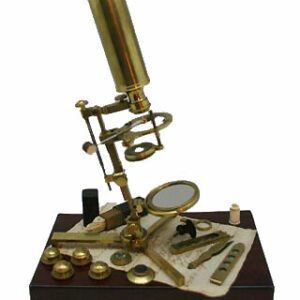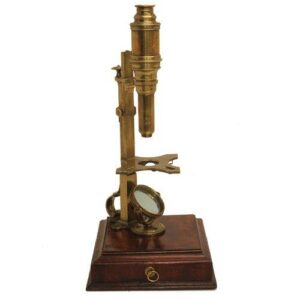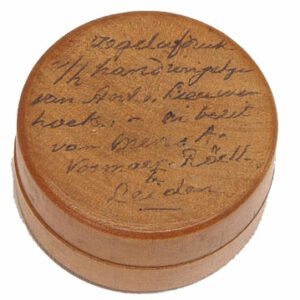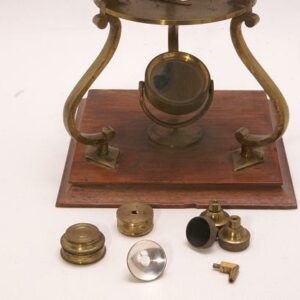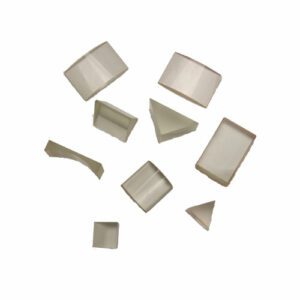Duboscq colorimetre by E Pellin, Circa 1870
Sold
A Duboscq type Colorimeter by E pellin, Paris. 1870
A colorimeter compares colours of samples with standard colours during chemical analysis to determine the concentration of a sample. Samples are viewed through a monocular microscope. The Duboscq colorimeter was used in urine analysis and later blood analysis to determine concentrations of its components in physiological laboratories and medical diagnosis. In this improved model, the specimen holders move and the glass plungers are fixed. The light is reflected upwards by the mirror, passes through two containers holding the sample and the standard solution, through two glass plungers, through prisms to the eyepiece. The solutions are moved relative to the plungers untill the colour densites of both solutions are the same. Jules Duboscq (1817-86), a French optical instrument maker, invented this type of colorimeter in 1854. It was one of the earliest colorimeters and proved to be one of the most popular. There is a crack in the original mirror, further on in good condition. Measurements 15,5 x 13, 5 x 40 cm high.
